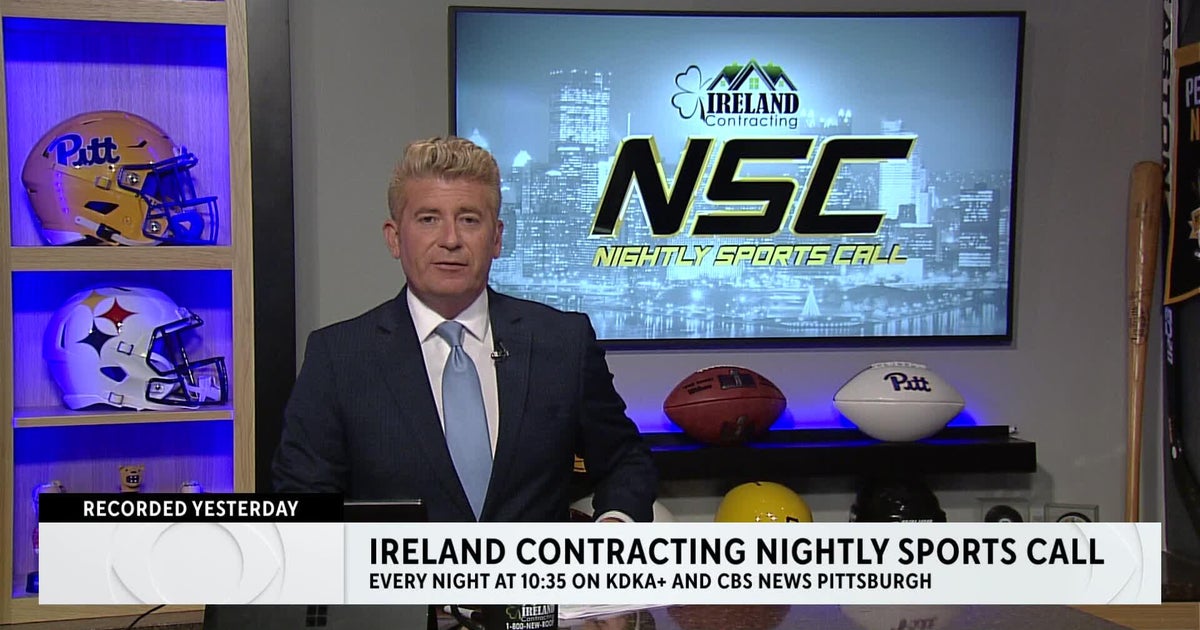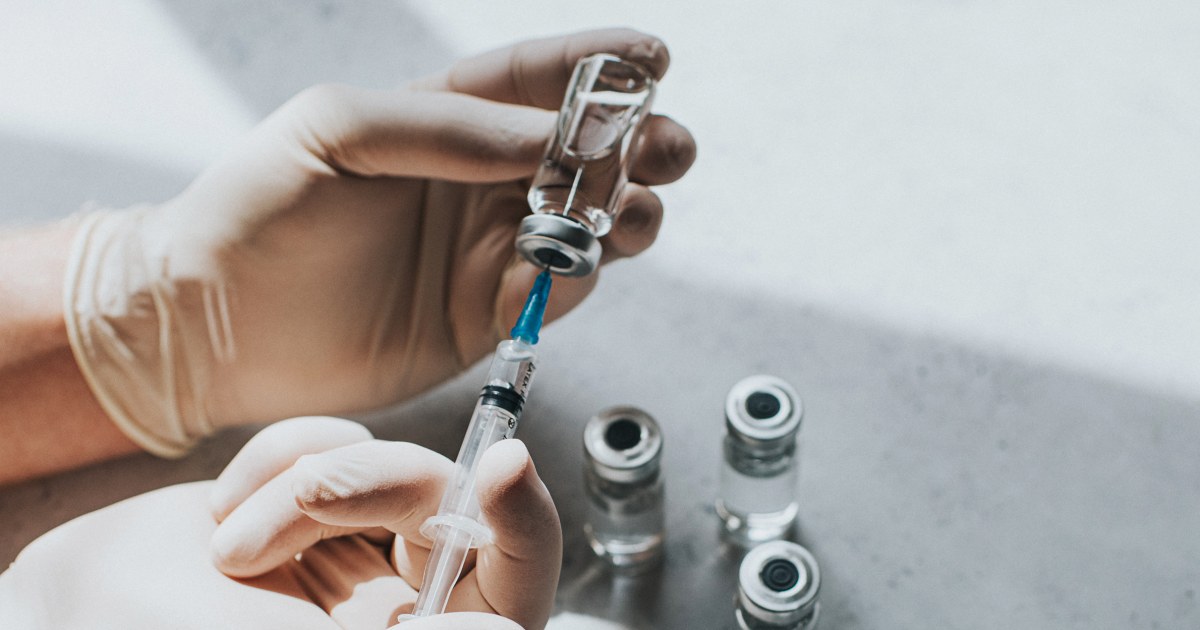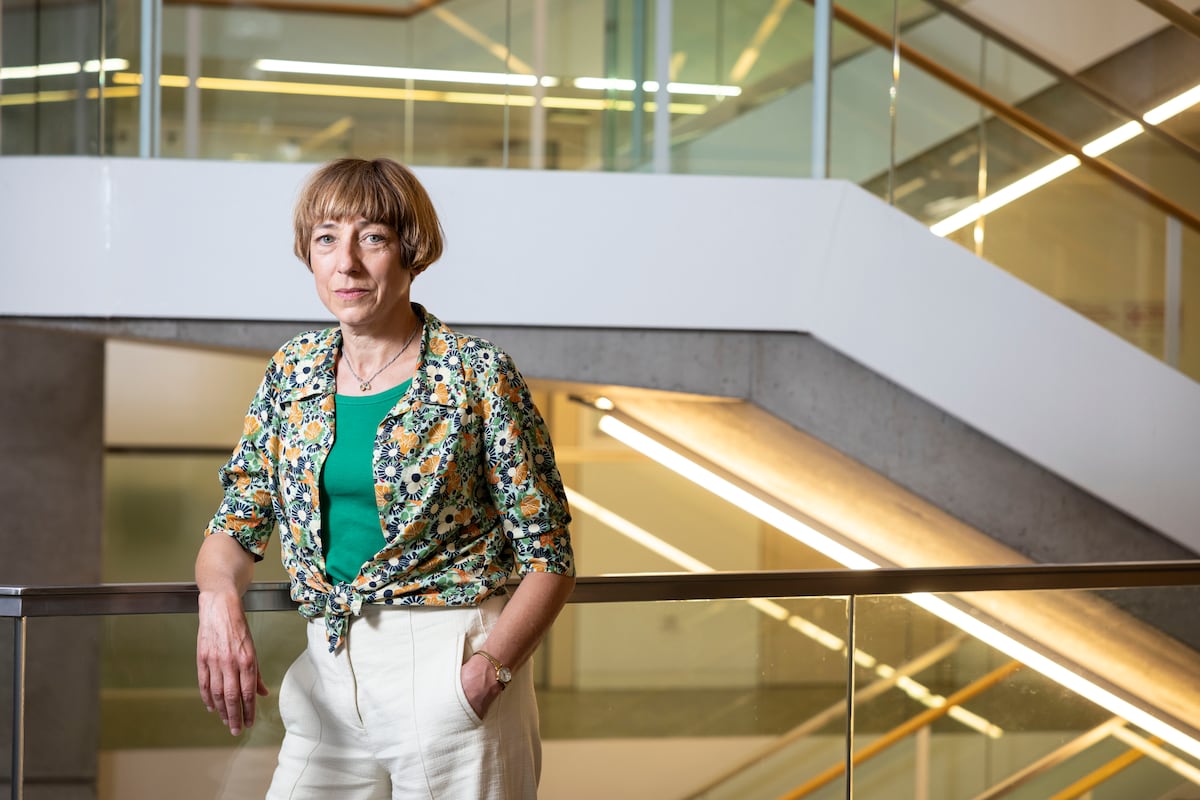The Indiana Pacers fell a win short of the NBA championship Sunday night, but the seismic blow to the franchise was the devastating Achilles tear to superstar point guard Tyrese Haliburton.
How does a franchise pivot after coming so close to winning it all while losing its top player for perhaps a year or longer?
Advertisement
And that isn't the only issue the Pacers are facing.
So let's break down what challenges lie ahead, and what the runners-up can do for next season.
First things first
Haliburton is presumably going to miss all of next season, which raises significant questions for the Pacers.
Do they scale up Andrew Nembhard's minutes and rely more on T.J. McConnell? Do they go out and make a trade for a point guard to keep them competitive? Do they take an organizational step back for a year?
There isn't a clear path, and the injury is so fresh, the Pacers themselves have probably not made a call on which approach to take.
Advertisement
There's merit to staying the course for next season and simply waiting everything out. After all, the Pacers aren't enormously expensive, so making smaller moves around the margin to avoid entering the tax seems like a fair compromise, given that the team now isn't expected to compete for a title in 2025-26.
So retaining the core should remain a high priority.
Tyrese Haliburton dribbles against the Oklahoma City Thunder early in NBA Finals Game 7 at Paycom Center on June 22, 2025, in Oklahoma City. (Photo by Mostafa Bassim/Anadolu via Getty Images)
(Anadolu via Getty Images)
Keeping it going
Indiana needs to align with unrestricted free agent center Myles Turner on a new deal. The 29-year-old has been on a bargain contract for years, and odds are good he'll seek a raise — justifiably so — during his prime years.
Advertisement
Assuming the Pacers clear that hurdle, it's fair to note they'd only be retaining talent and not yet adding to their team. So while keeping Turner around is their No. 1 priority, that only ensures they'll maintain their current talent level.
The organization is open to paying the luxury tax in order to keep Turner, which should be seen as an enormous asset through the lens of roster construction.
Of course, this is a franchise that's been notoriously against doing so before, so while it makes for an optimistic headline, let's just see the Pacers actually do it before we celebrate their newfound perspective. Does the Haliburton injury change the team's calculus on spending and its commitment to the future?
The Pacers do have other players in free agency (James Johnson, Thomas Bryant, Tony Bradley, Isaiah Jackson), but no one who even remotely touches Turner in regard to importance. As such, we'll put them in free agency purgatory for a while, as we look at possible upgrade options.
Bringing in new talent
All right, let's say the Pacers have agreed to terms with Turner. Now what?
Advertisement
Let's lay out their options here, while acknowledging they're probably going to be somewhat passive in the open market.
The first apron hits at $195.9 million, so depending on what type of contract Turner signs (presumably something in the high $20 million range annually) — and the Pacers either relinquishing the rights to Jackson or replacing his $13.3 million cap hold with a new deal worth far less — the Pacers should have access to the full non-tax mid-level exception ($14.1 million) or close to it.
Now, here's where things get unnecessarily complicated.
Just because it's called the non-tax MLE, it doesn't mean teams can only use it if they're under the tax.
Advertisement
In actuality, the rule is a team can be over the luxury tax limit and still be able to use all of it as long as it doesn't cross into first-apron territory.
This is relevant information only on the off-chance the Pacers decide to seek a point guard to hold them over for a year as they try to make another Finals push, however unlikely that scenario may be.
Could they find a point guard who's a genuine difference-maker at $14.1 million? That's asking a lot.
Trade options
The Pacers could also set themselves up for the future via trades and consider breaking some of their contracts into smaller pieces.
Advertisement
Obi Toppin played well in the Finals and obviously doesn't look primed to be a trade candidate. But with Pascal Siakam already in place and Jarace Walker capable of playing power forward, Toppin and his $14 million salary could make for a good trade chip.
The Pacers could try to use Toppin's deal to acquire a shooter and a backup center in return.
It wouldn't hurt to have more floor spacing, nor would it hurt to have a player handy to back up Turner, with Jackson (torn Achilles) likely out for the start of the season.
Bennedict Mathurin, who will be extension eligible after this season, could also be an interesting player to dangle. He's explosive and elite at getting to the line, and the scoring prowess (16.1 per game) is there, which should entice several teams.
Advertisement
Perhaps more than anyone else, Mathurin could prove the most crucial trade chip, especially if the Pacers identify a team that was enamored with him before the draft three years ago.
Pivoting off Mathurin would be difficult, but could save them a ton on future salary commitments.
The big picture
The Pacers were ready to enter this summer as buyers, seeking additional upgrades to help them return to the Finals next year.
Now, the many paths they could have walked have narrowed, and they seem forced to put a lid on their own flexibility to optimize future salary balance in the hopes that Haliburton returns to form a year from now.
It's a monumental blow to the aspirations of this team, and they now find themselves in handcuffs just days before they enter the offseason.









 English (US) ·
English (US) ·